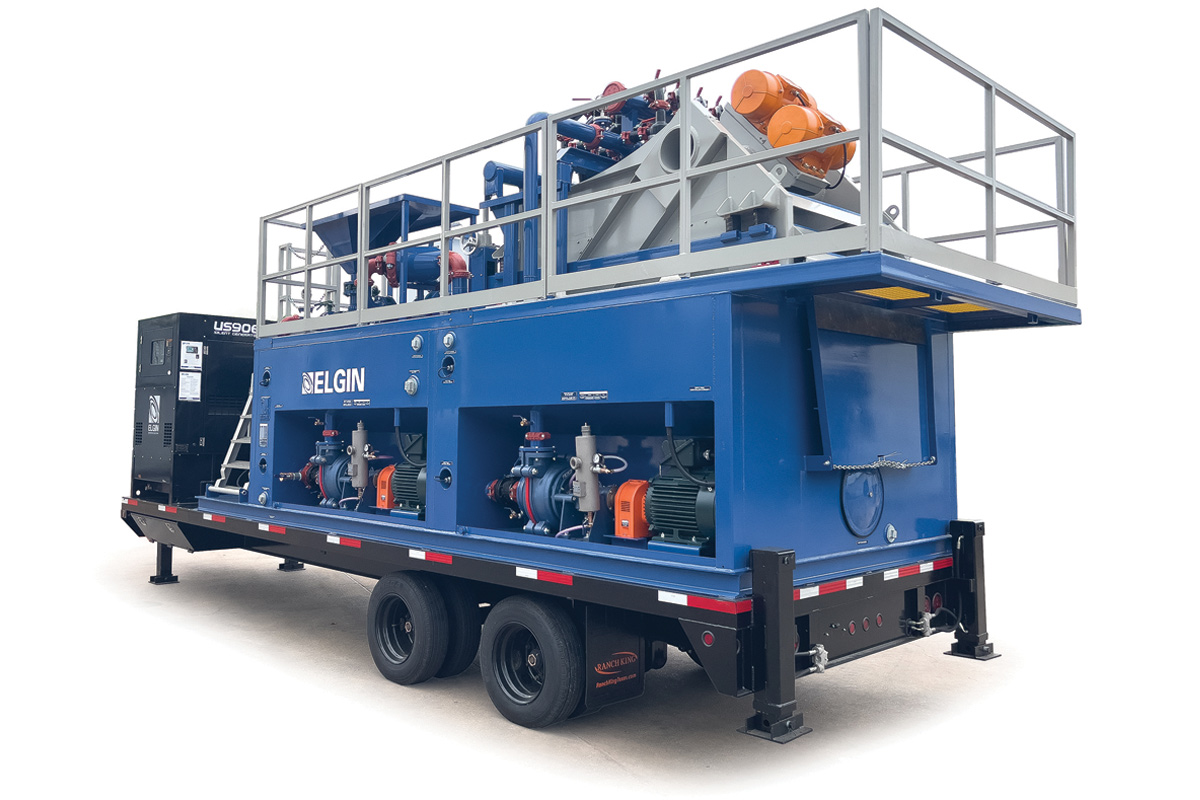
How to Minimize Job Site Downtime with Full Bore Plans From the TeraTrak R1
Cross bores, infrastructure strikes, lost time spent tripping out or moving your entry pit– these job site predicaments all cost drillers money. Rare is the horizontal directional drilling (HDD) shot that goes perfectly, and getting the drill bit back to where it should be at the correct depth and pitch is paramount for sustained production.
What if you could safely knock a shot out the first time, every time?
With full bore planning from DCI’s TeraTrak R1, it’s more possible than ever. But how?
The R1 is a topo mapping tool specifically engineered for HDD job sites. It uses an internal multi-axis accelerometer (“Great Scott, Marty!”), not GPS, so its data is accurate to the inch and always available, even in the most remote areas – something GPS can’t guarantee. The kicker? Once the R1 knows your entry pit, exit pit, infrastructure locations, and important waypoints, it will produce a full, achievable bore plan. No matter the severity of slope or number of obstacles, it does the math for you.
The R1 has been on the scene for a couple of years, earning its stripes on job sites around the world, but it has something new up its sleeve: the ability to transfer full bore plans to a rig’s remote display.
With this latest update, the driller can now see their rod-by-rod progress along with a three-rod projection superimposed over the bore plan’s suggested path. This advancement in on-screen data is an enormous visual help to drillers who can now simply trace the pitch line while monitoring their future rods against infrastructure locations and waypoints.
Trevor Igo, owner operator of Igo Inc. in Oklahoma has been using the R1 since it was first available. For those who think Oklahoma is flat country and soft soil, Igo might beg to differ.
“Where I work, there are a lot of hills, creek beds…a fair amount of rock. Having full bore plans from the R1 to help me with setback distance and making sure I’m not overbending my rods helps me work faster and safer.”

And safety is where the R1 excels. Because of its ability to produce efficient, easy to understand bore plans, the following risks to drillers are lessened:
- Utility strikes that cost significant money and impact the image of HDD to the greater public.
- A catastrophic event due to excessive wear and tear on the tooling and drill.
- A costly steering direction mistake from a green driller or new hire on the box.
It’s fair to say being “safer” usually means “slower”, but with the hours and days of delay that the highlighted situations can cause, taking twenty minutes to walk a job site to get it right the first time, especially in tough drilling conditions, will pay off in the long run.
Tyler Chilian of Glory Utilities in North Carolina puts it like this.
“There’s a lot of rock drilling in the Carolinas, so anything that helps us bag a rock shot quick and save wear and tear on our stuff, we’re interested in. The R1 paid for itself on the first shot we used it because of the money saved on mud and gas alone.”
DCI is very excited about what this means for safety and efficiency in the world of HDD. Drillers now have a view of the underground like never before, and new hires carrying the box can learn quicker on the job site while minimizing mistakes.
Want to see the TeraTrak R1 in action? Find our ad in this magazine and scan the QR code!




